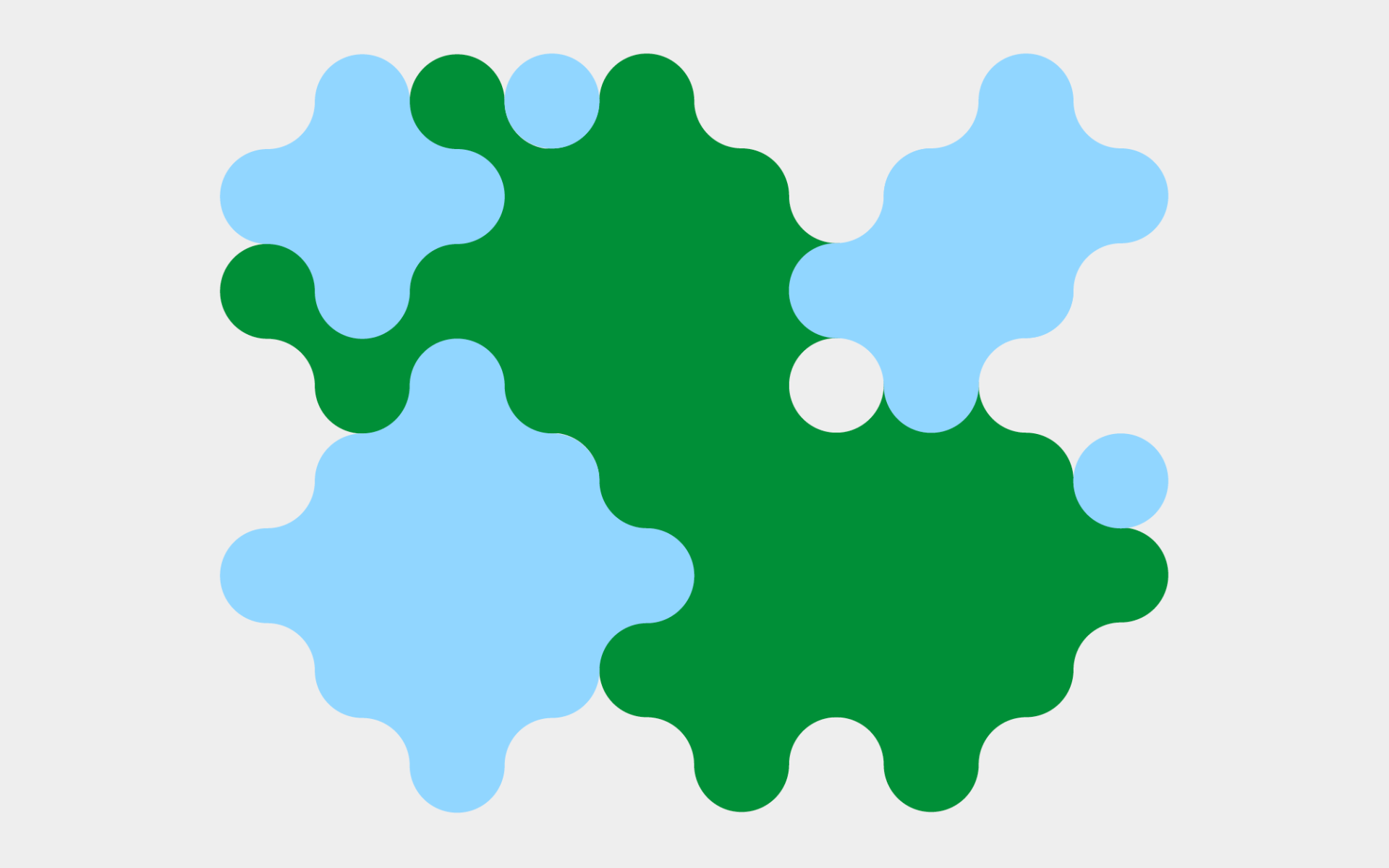

2017
Towards dynamic and animated music notation using INScore
INScore is an environment for the design of augmented interactive music scores opened to conventional and non-conventional use of the music notation. The system has been presented at LAC 2012 and has significantly evolved since, with improvements turned to dynamic and animated notation. This paper presents the latest features and notably the dynamic time model, the events system, the scripting language, the symbolic scores composition engine, the network and We... Lire la suite
INScore is an environment for the design of augmented interactive music scores opened to conventional and non-conventional use of the music notation. The system has been presented at LAC 2012 and has significantly evolved since, with improvements turned to dynamic and animated notation. This paper presents the latest features and notably the dynamic time model, the events system, the scripting language, the symbolic scores composition engine, the network and Web extensions, the interaction processes representation system and the set of sensor objects.
Mots-clés :
Sensors, Score composition, Interactive score, Inscore, Dynamic score
INScore Time Model
INScore is an environment for augmented interactive music score design, oriented towards unconventional uses of music notation, without excluding conventional approaches. In this environment, although all the objects of a score have a temporal dimension, the time remains fixed i.e., the date (or duration) of an object does not change, except when a message is received (sent from an external application or resulting from events handling). Thus, INScore does not... Lire la suite
INScore is an environment for augmented interactive music score design, oriented towards unconventional uses of music notation, without excluding conventional approaches. In this environment, although all the objects of a score have a temporal dimension, the time remains fixed i.e., the date (or duration) of an object does not change, except when a message is received (sent from an external application or resulting from events handling). Thus, INScore does not include a time manager in the classic sense of the term. This choice was based on the fact that the system was originally designed to be used with sound production software (e.g., Max/MSP, Pure Data), that have more strict real-time constraints than INScore's graphical environment. However, the need to introduce dynamic time has gradually emerged, leading to an original model, both continuous and event based. The paper presents this model and its properties in the frame on INScore.
Mots-clés :
Time model, Music score, Inscore, Dynamic score
Le modèle du temps dans INScore
INScore est un environnement pour la conception de partition interactives augmentées, tourné vers des usages non conventionnels de la notation musicale, sans exclure pour autant les approches classiques. Dans cet environnement, bien que tous les objets de la partition aient une dimension temporelle, le temps reste fixe i.e. que la date (ou la durée) d'un objet ne change pas, sauf à réception d'un message qui ne peut être produit que de manière externe ou événem... Lire la suite
INScore est un environnement pour la conception de partition interactives augmentées, tourné vers des usages non conventionnels de la notation musicale, sans exclure pour autant les approches classiques. Dans cet environnement, bien que tous les objets de la partition aient une dimension temporelle, le temps reste fixe i.e. que la date (ou la durée) d'un objet ne change pas, sauf à réception d'un message qui ne peut être produit que de manière externe ou événementielle. INScore n'inclut donc pas de gestionnaire du temps au sens classique du terme. A l'origine, ce choix a été dicté par le fait que le système fut conçu pour des usages couplés avec des logiciels de production sonore (e.g. Max/MSP, Pure Data), qui ont des contraintes de temps-réel plus strictes que lénvironnement graphique d'INScore. Toutefois, la nécessité d'introduire un temps dynamique a progressivement émergé, conduisant à un modèle original, à la fois événementiel et continu. Cést ce modèle qui est présenté et ses propriétés dans lénvironnement d'INScore.
Mots-clés :
Interactive score, Inscore, Dynamic score